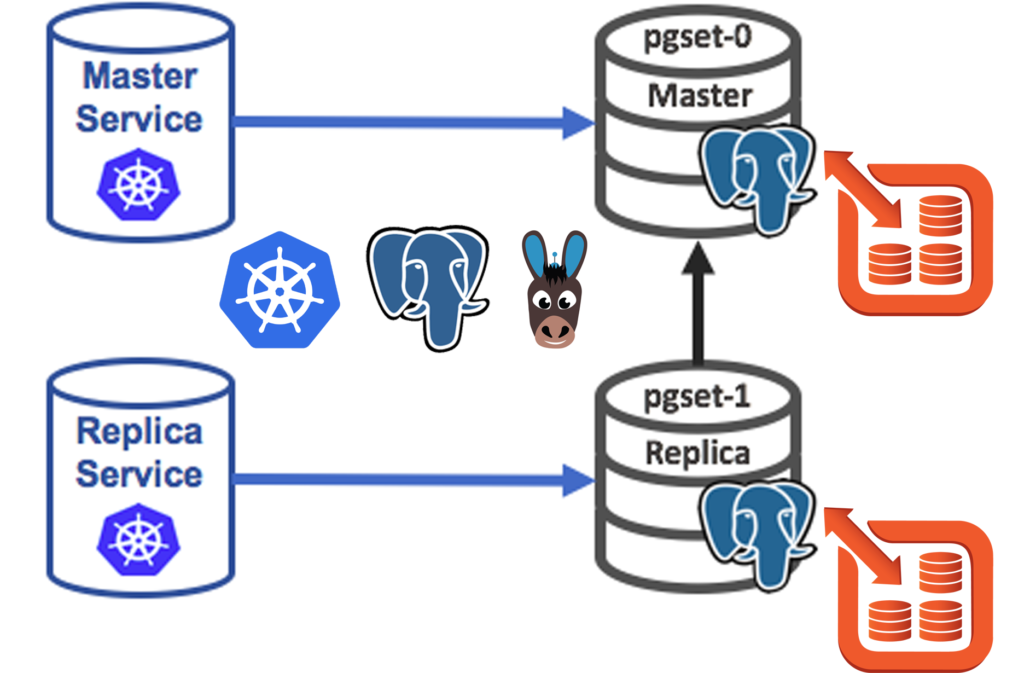

In the Current Users table, click Change Password in the Actions column next to the user that you wish to change.Įnter and confirm the new password in the appropriate text boxes. To change a PostgreSQL user’s password, perform the following steps: Use the functions in this table to change user passwords and usernames, or to delete users. The Current Users table lists all of your PostgreSQL users. Select the appropriate user and the database you want to add the user to from the User and Database menus. To add a user to a database, perform the following steps: Create a new table manually in phpPGAdmin.We recommend that you synchronize the grants after you take the following actions: pgAdmin 4 is the leading Open Source management tool for Postgres. To ensure that users continue to have access the information in your PostgreSQL tables, click Synchronize Grants. Some versions of PostgreSQL are ANSI SQL-92 compliant and do not support recursive grants, wildcard grants, or future grants. To remove the user’s privileges to manage the database, click Yes. In the Current Databases table, click Delete next to the user that you want to delete. To remove a user from a database, perform the following steps: Privileged Users - Users who can manipulate the database.Īctions - Click the appropriate icon in this column to perform an action on the corresponding user or database. The Current Databases table lists the following information for each database in your account: The new database will appear in the Current Databases table. In the Database Name text box, enter a name for the database.Ĭlick Go Back. To create the database, perform the following steps: To enter information in a database, use the phpPgAdmin interface ( cPanel > Home > Databases > phpPgAdmin).

If you enable database prefixing, this length includes the database prefix and underscore character ( _). The maximum length of a database name is 63 characters. To create your first database and user, we recommend that you use the PostgreSQL Database Wizard interface ( cPanel > Home > Databases > PostgreSQL Database Wizard).

# Expose the PostgreSQL port EXPOSE 5432 # Add VOLUMEs to allow backup of config, logs and databases VOLUME # Set the default command to run when starting the container CMD īuild an image from the Dockerfile and assign it a name.This interface only appears in your cPanel account if your hosting provider installs and configures PostgreSQL in WHM’s Configure PostgreSQL interface ( WHM > Home > SQL Services > Configure PostgreSQL). # And add ``listen_addresses`` to ``/etc/postgresql/9.3/main/nf`` RUN echo "listen_addresses='*'" > /etc/postgresql/9.3/main/nf RUN echo "host all all 0.0.0.0/0 md5" > /etc/postgresql/9.3/main/pg_hba.conf # Adjust PostgreSQL configuration so that remote connections to the # database are possible. Psql -command "CREATE USER docker WITH SUPERUSER PASSWORD 'docker' " & \

# Note: here we use ``&\`` to run commands one after the other - the ``\`` # allows the RUN command to span multiple lines. # Note: The official Debian and Ubuntu images automatically ``apt-get clean`` # after each ``apt-get`` # Run the rest of the commands as the ``postgres`` user created by the ``postgres-9.3`` package when it was ``apt-get installed`` USER postgres # Create a PostgreSQL role named ``docker`` with ``docker`` as the password and # then create a database `docker` owned by the ``docker`` role.
#Postgresql documentation install#
You can hide # them by prefixing each apt-get statement with DEBIAN_FRONTEND=noninteractive RUN apt-get update & apt-get install -y python-software-properties software-properties-common postgresql-9.3 postgresql-client-9.3 postgresql-contrib-9.3 # Install ``python-software-properties``, ``software-properties-common`` and PostgreSQL 9.3 # There are some warnings (in red) that show up during the build. RUN echo "deb precise-pgdg main" > /etc/apt//pgdg.list It contains the most recent stable release # of PostgreSQL. # It should be the same key as RUN apt-key adv -keyserver hkp://:80 -recv-keys B97B0AFCAA1A47F044F244A07FCC7D46ACCC4CF8 # syntax=docker/dockerfile:1 FROM ubuntu:16.04 # Add the PostgreSQL PGP key to verify their Debian packages.


 0 kommentar(er)
0 kommentar(er)
